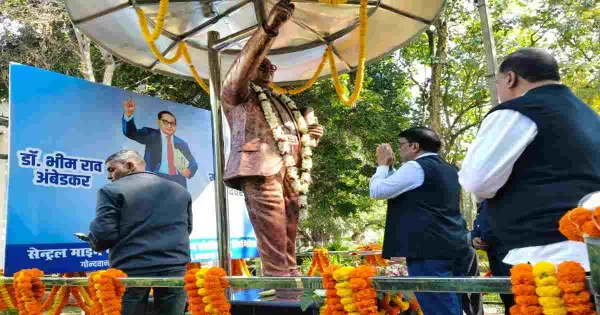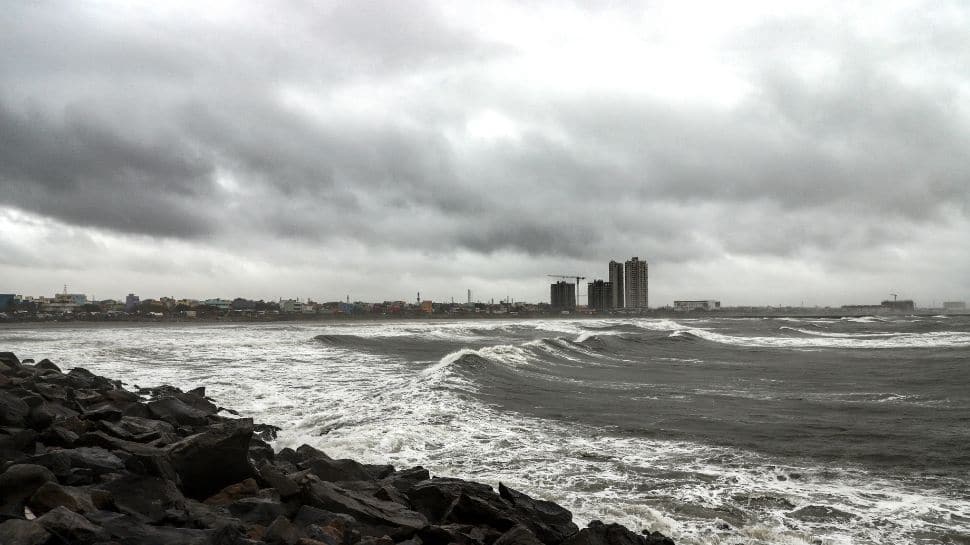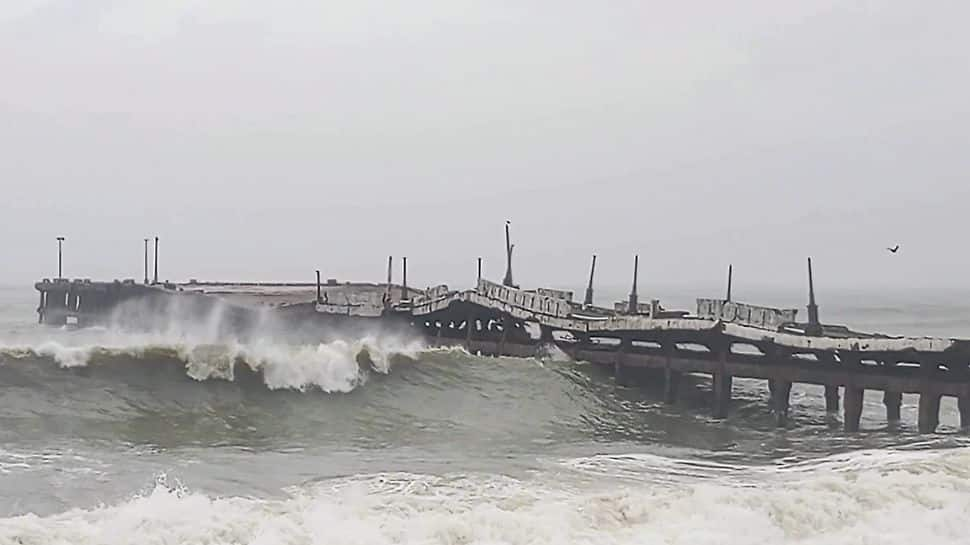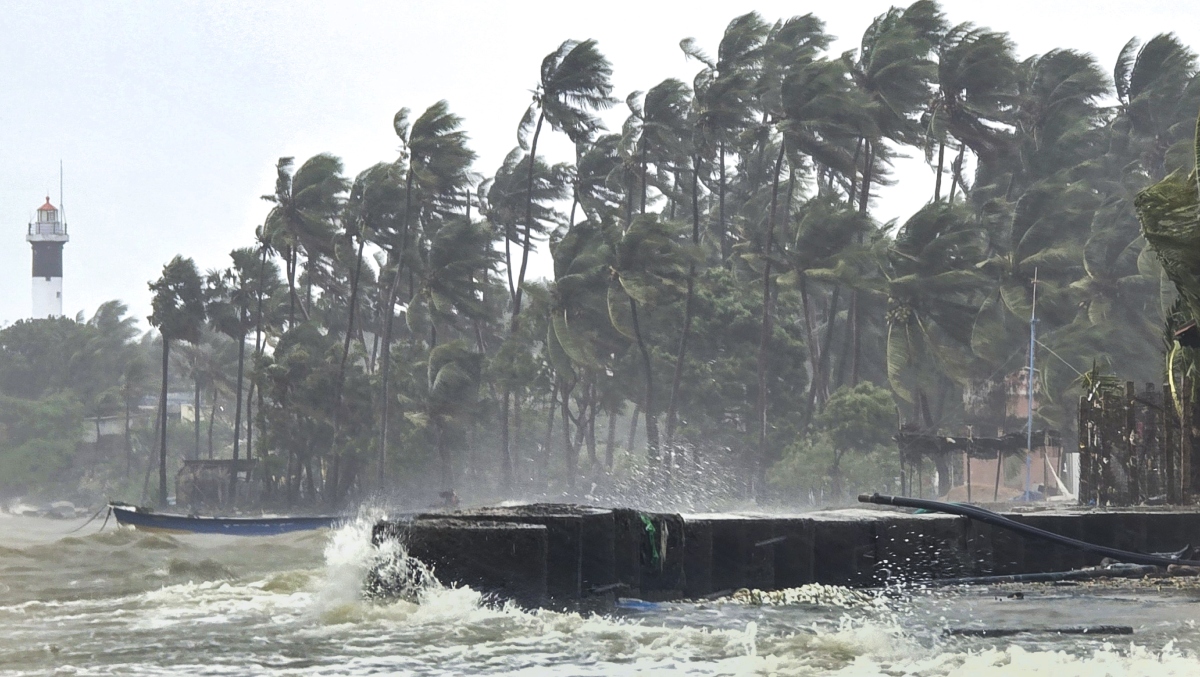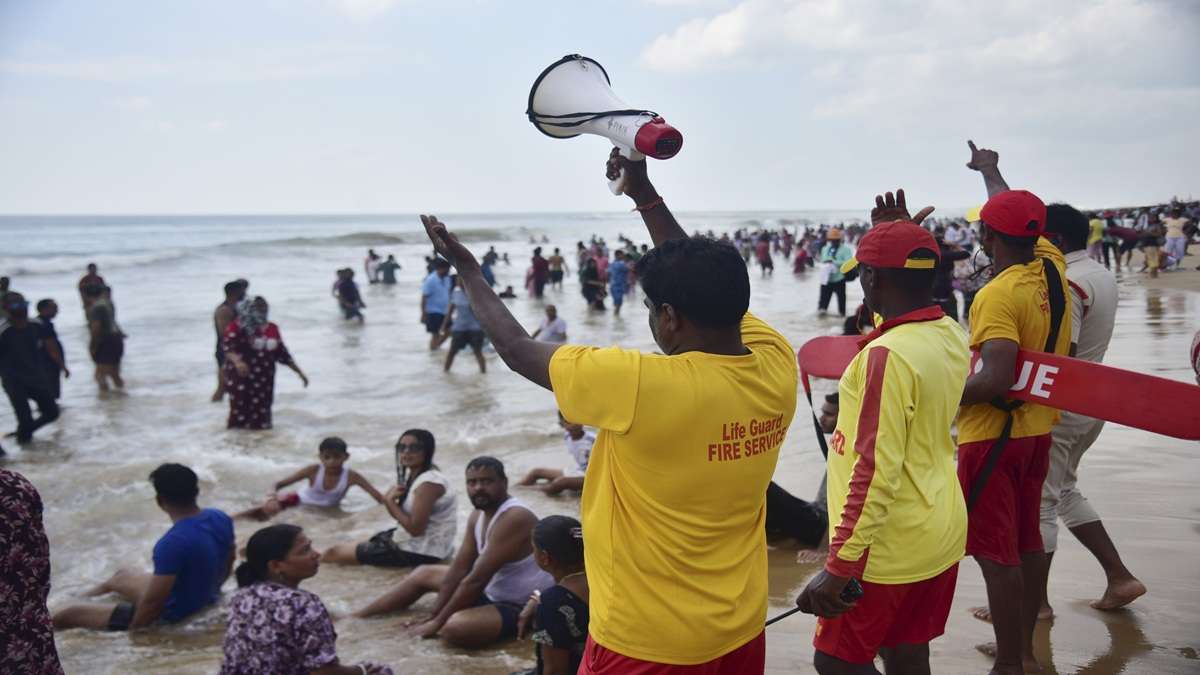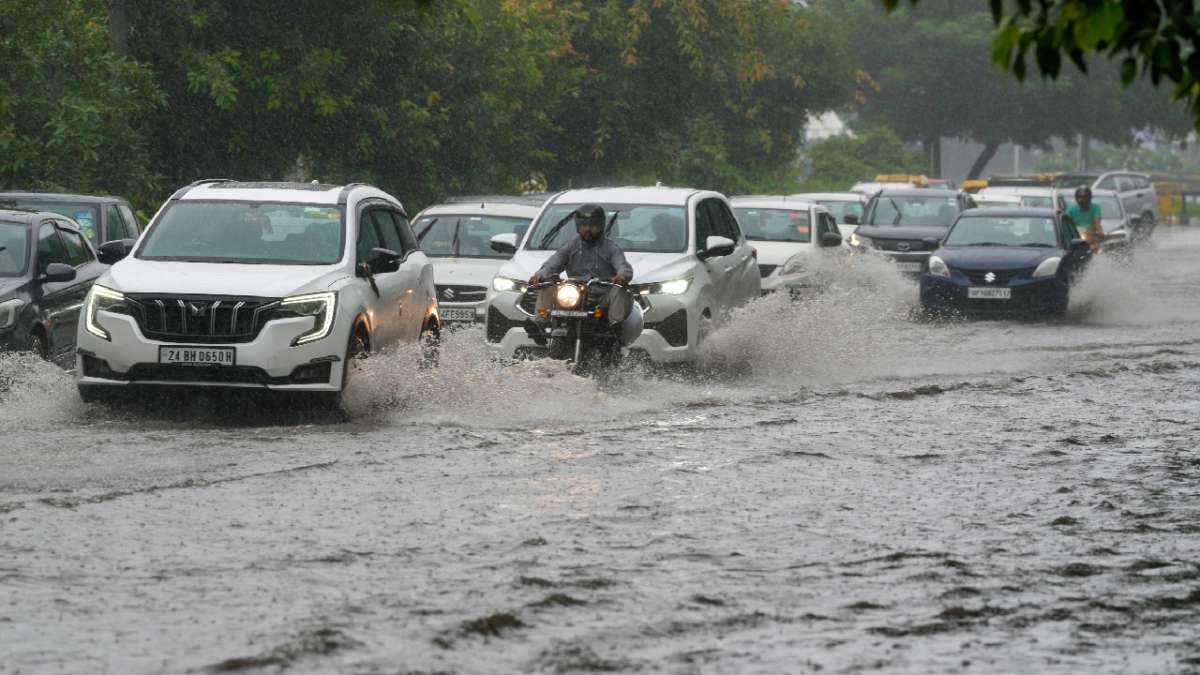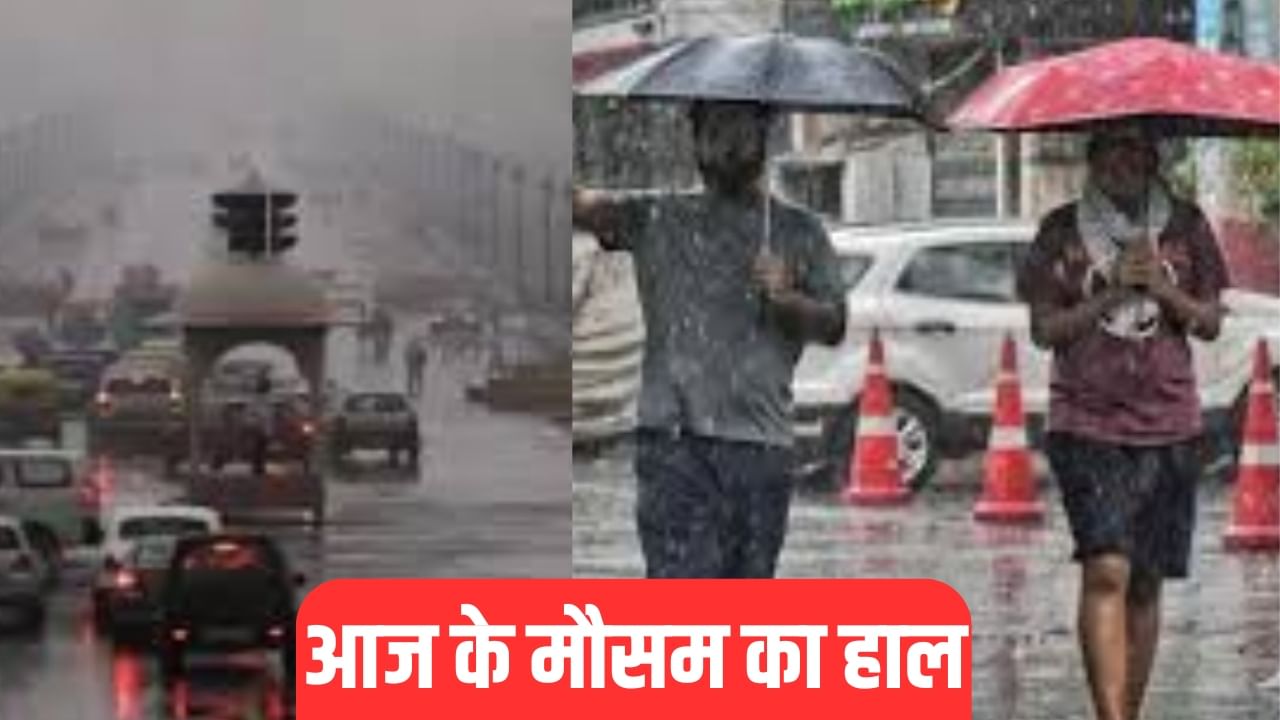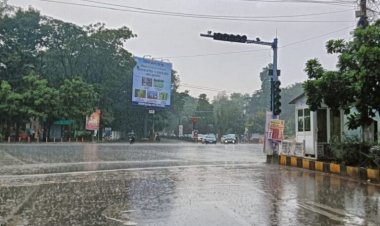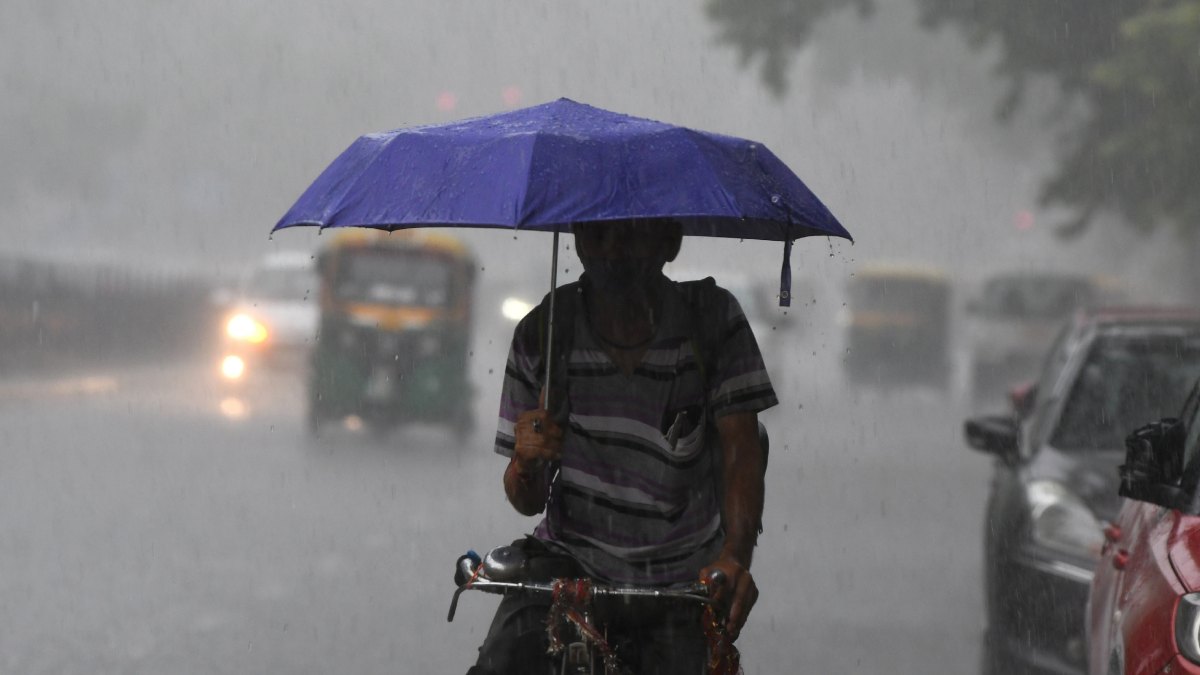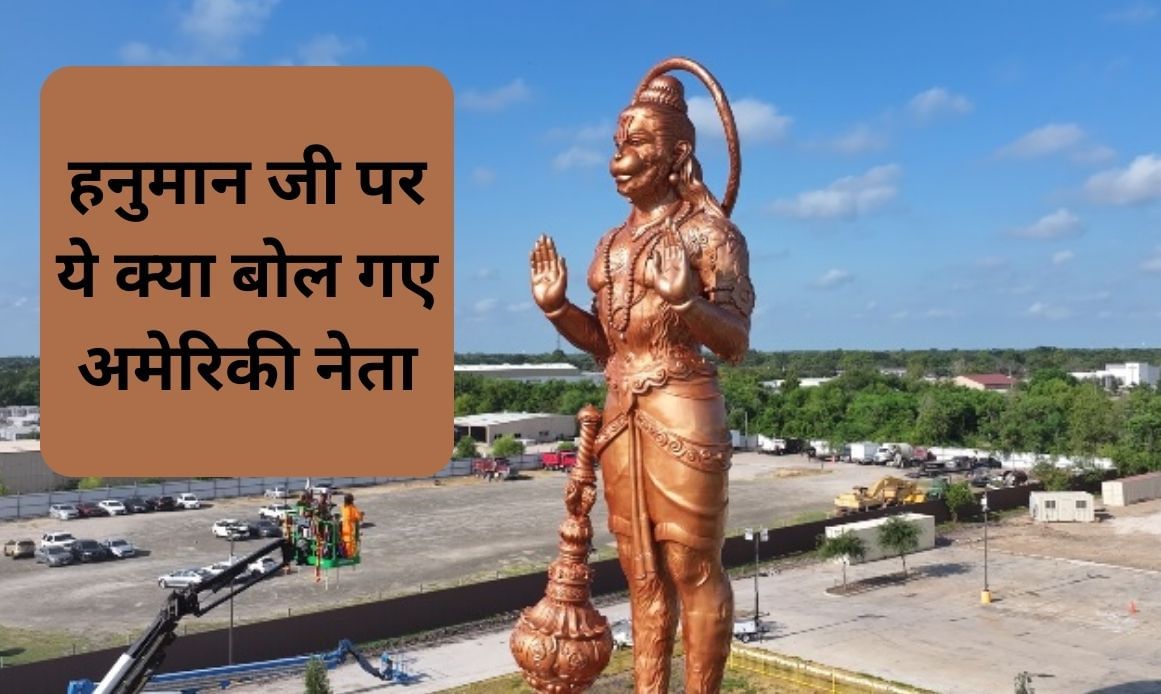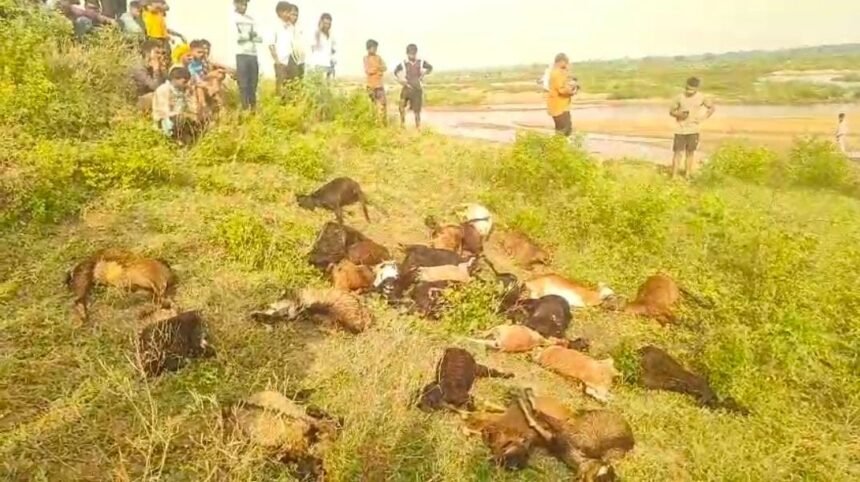Subscribe to Updates
Get the latest creative news from FooBar about art, design and business.
Browsing: India Meteorological Department
A severe cyclonic storm, named Montha, is intensifying in the Bay of Bengal, prompting the India Meteorological Department (IMD) to issue a…
Festivities might be dampened for some as the India Meteorological Department (IMD) has issued a heavy rain alert for several states until…
The capital city of Delhi has experienced consistent cloud cover over the past two days, leading to a decrease in the intensity…
Today’s Breaking News LIVE: UP Chief Secretary SP Goyal on a Month’s Leave Due to Health Reasons
NDA candidate CP Radhakrishnan will file his nomination today for the Vice Presidential election. The nomination will take place at the Rajya…
The India Meteorological Department has issued a weather alert for Chhattisgarh, bringing relief to residents suffering from intense heat and humidity. The…
North India experienced a cloudy and pleasant start to Wednesday, June 25, 2025, with the India Meteorological Department (IMD) forecasting continued rainfall…
Following the early arrival of the Southwest Monsoon, several states witnessed heavy rainfall. However, the downpour has now subsided. The India Meteorological…
Jharkhand Weather: On Thursday, many districts received heavy rains in Jharkhand. The highest rainfall occurred in Daltanganj in Palamu district. There was…


